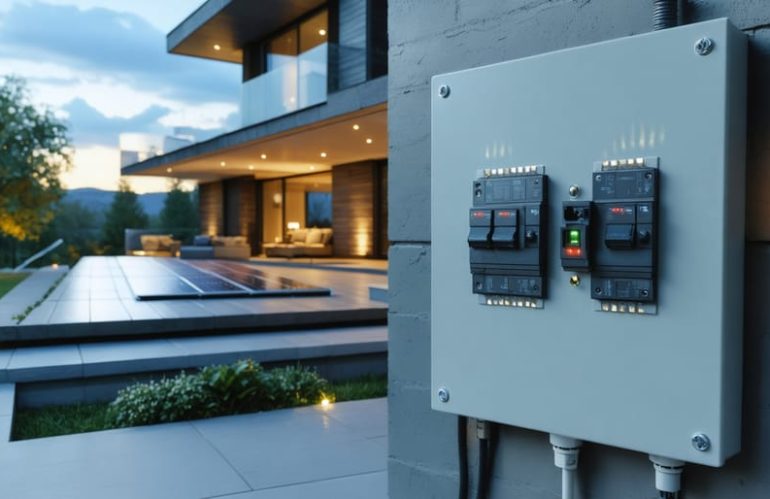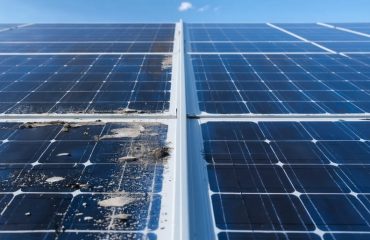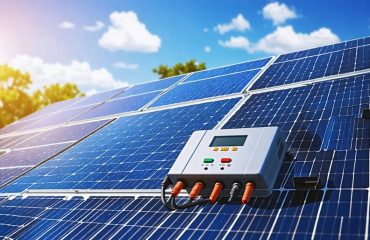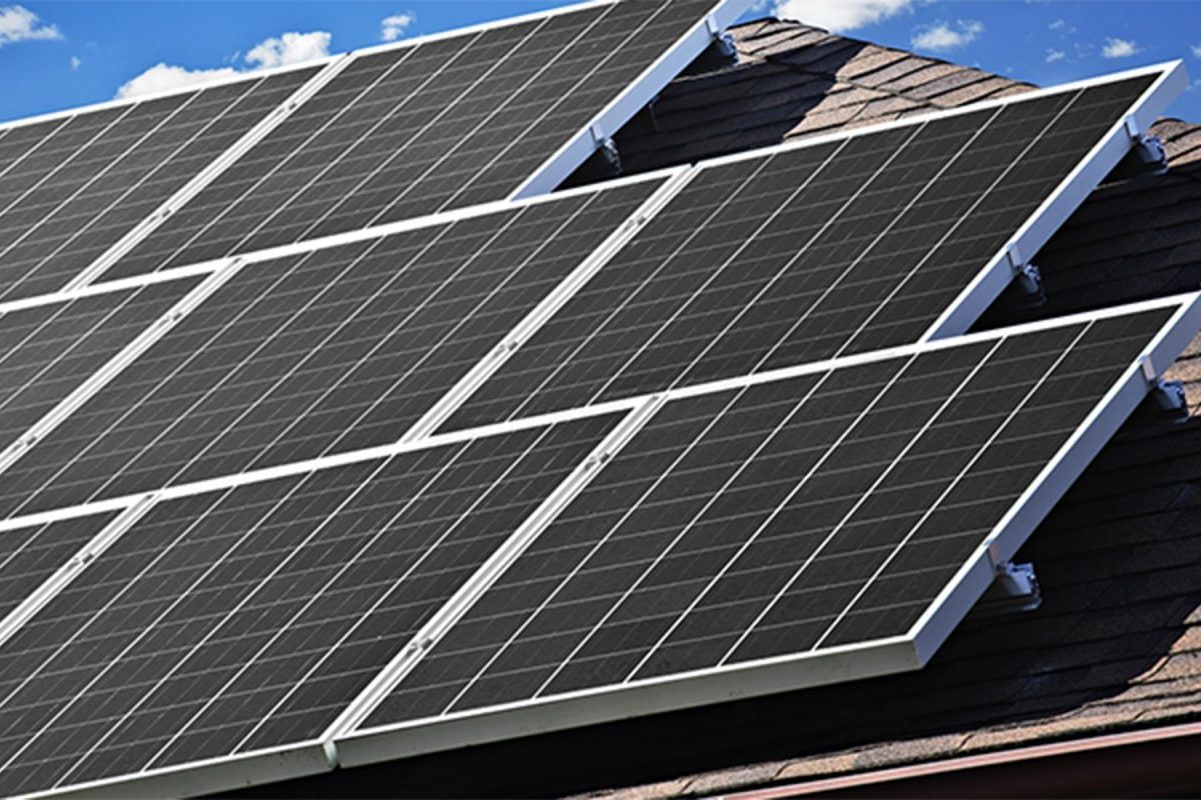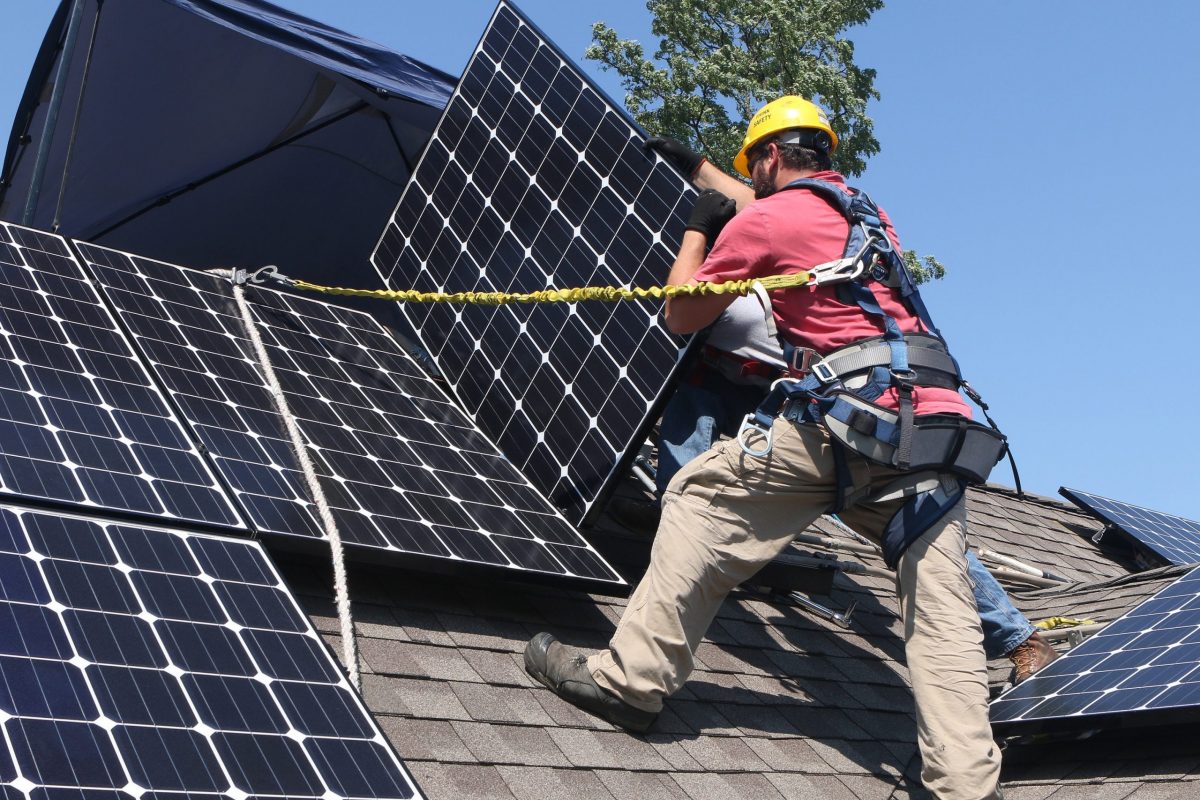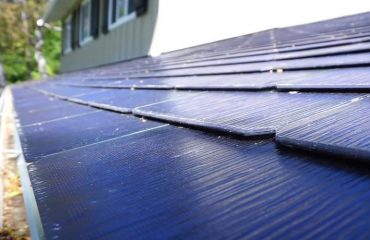A solar ready main service panel revolutionizes the process of installing solar panels at home, eliminating costly electrical upgrades and streamlining your transition to clean energy. Modern homes increasingly feature these specialized electrical panels, which come pre-configured with dedicated breaker spaces and bus bars designed specifically for solar integration. Unlike traditional panels that often require extensive modifications, solar ready panels offer seamless compatibility with photovoltaic systems, potentially saving homeowners thousands in upgrade costs.
These innovative panels anticipate future solar needs by incorporating essential safety disconnects, higher amperage ratings, and clearly labeled connection points for solar equipment. Whether you’re building a new home or upgrading an existing electrical system, choosing a solar ready panel demonstrates forward-thinking investment in sustainable energy while maximizing property value. By planning ahead with a solar ready panel, you’re not just preparing for solar installation – you’re investing in a future-proof home energy system that adapts to evolving clean energy technologies.
What Makes a Main Service Panel ‘Solar Ready’?
Essential Components
A solar-ready main service panel comes equipped with several key components that make it compatible with solar power systems. The most important feature is a dedicated breaker space for solar input, typically 200-225 amps, which allows for seamless integration of solar panels. The panel must include a main disconnect switch and clearly labeled solar circuit breakers for safety and compliance.
Essential components also include a bus bar rated for both standard and solar power loads, weather-resistant housing, and proper grounding terminals. Modern solar-ready panels feature smart monitoring capabilities, allowing homeowners to track energy usage and solar production through digital displays or smartphone apps.
The panel should have adequate space for both existing circuits and future solar additions, typically requiring at least 4-8 empty spaces. Look for panels with clear labeling of solar-ready connections and proper wire management systems. Most importantly, ensure the panel meets National Electrical Code (NEC) requirements for solar installations, including proper surge protection and disconnection means.
A well-designed solar-ready panel makes future solar installation simpler and more cost-effective, eliminating the need for extensive electrical upgrades later.
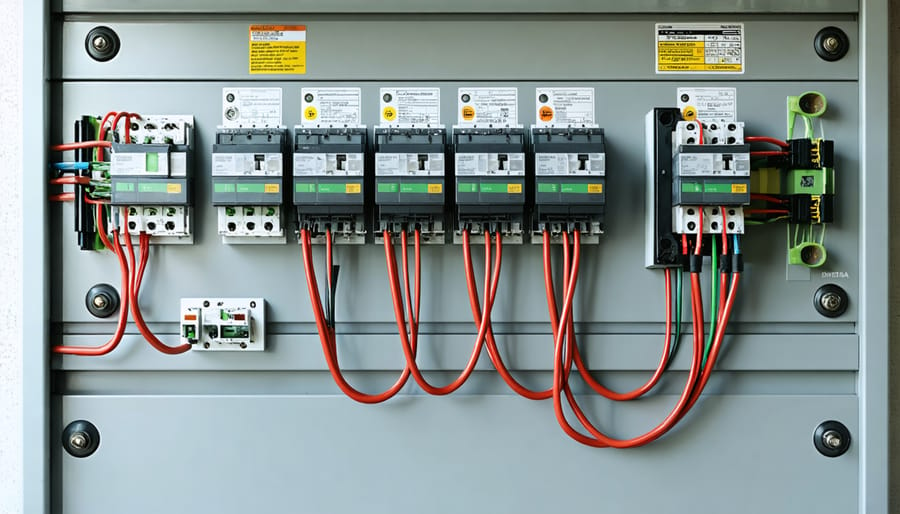
Code Compliance
Modern electrical codes have evolved to accommodate the growing demand for solar energy systems. The National Electrical Code (NEC) now requires new homes to be “solar-ready,” meaning the electrical service panel must have space for a solar circuit breaker and the capacity to handle additional power. Most jurisdictions require a minimum 200-amp service panel for solar readiness, though specific requirements may vary by location.
Key code requirements typically include dedicated breaker spaces for solar equipment, proper labeling of solar-ready components, and adequate bus bar rating. The panel must also include a main disconnect switch and meet grounding requirements. Many local building codes now mandate that new construction includes conduit runs from the electrical panel to the roof, making future solar installation easier and more cost-effective.
For existing homes, upgrading to a solar-ready panel often requires compliance with current codes, which might mean replacing outdated equipment. It’s important to work with a certified electrician who understands both local code requirements and solar installation specifications to ensure your panel meets all necessary standards.
Benefits of Installing a Solar Ready Panel
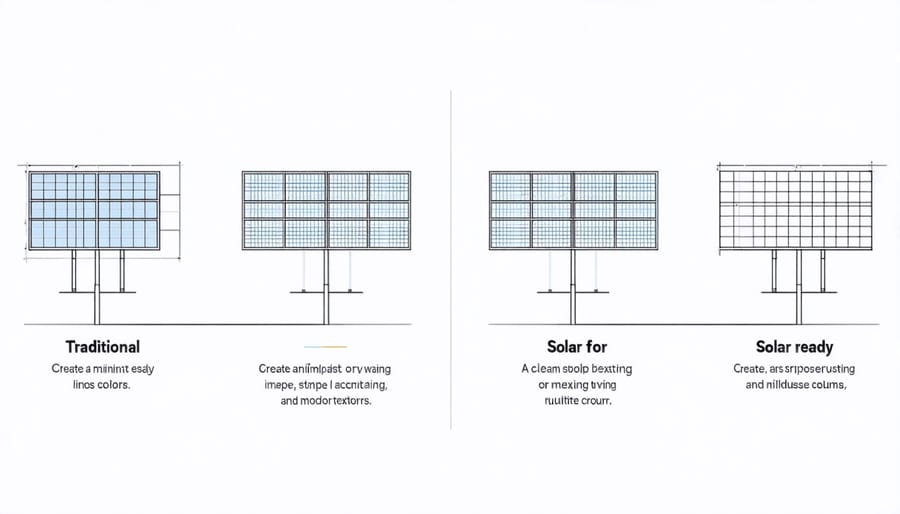
Future-Proofing Your Home
Investing in a solar-ready main service panel today is a smart way to prepare your home for tomorrow’s energy landscape. As solar panels and grid integration become increasingly common, having the right electrical infrastructure already in place can save you significant time and money down the road.
A solar-ready panel eliminates the need for costly electrical upgrades when you decide to install solar panels, potentially saving thousands in future modification expenses. It also increases your home’s market value, as more buyers are prioritizing homes that are prepared for renewable energy solutions.
Beyond the immediate benefits, a solar-ready panel positions your home to take advantage of emerging technologies. As battery storage systems become more affordable and electric vehicle adoption rises, your pre-equipped panel will seamlessly accommodate these additions without requiring major electrical work.
The financial advantages extend beyond installation savings. Many utility companies offer incentives for homes that are solar-ready, and some regions have begun requiring new constructions to include solar-ready panels. By making this investment now, you’re not just preparing for solar installation – you’re future-proofing your home against rising energy costs and ensuring compatibility with tomorrow’s smart home technologies.
Simplified Solar Installation
A solar ready main service panel significantly streamlines the solar installation process, making your journey to renewable energy smoother and more cost-effective. These panels come pre-wired with the necessary connections and space for solar equipment, eliminating the need for extensive electrical modifications during installation.
When your home has a solar ready panel, installers can directly connect your solar system without replacing or upgrading the electrical panel. This saves valuable time and reduces labor costs, often cutting installation expenses by 15-20%. The pre-configured busbar and dedicated breaker spaces mean installers won’t need to reorganize your existing circuits or perform complex rewiring.
Another major advantage is the reduced risk of complications during installation. Solar ready panels are designed with proper clearances and safety features specifically for solar integration. This means fewer surprises, faster inspections, and a more reliable connection between your solar system and home electrical network.
The panel’s built-in solar meter socket and pre-labeled solar circuit breaker spaces also make it easier for installers to maintain code compliance. This can speed up the permitting process and help ensure your installation meets all local regulations without additional modifications.
For homeowners planning to go solar in the future, having a solar ready panel installed during new construction or panel upgrade is a smart investment that will save both time and money when you’re ready to make the switch to solar power.
Maintenance and Inspection Schedule
Regular Check-ups
To keep your solar ready main service panel operating safely and efficiently, establish a regular solar panel maintenance schedule that includes inspecting the panel every six months. During these checks, look for signs of wear, loose connections, or corrosion around the terminals and breakers.
Start by visually inspecting the panel’s exterior for any physical damage or signs of water intrusion. Ensure all labels remain clearly visible and legible. Check that the main breaker moves smoothly between positions and listen for any unusual sounds when operating switches.
Monthly tasks include checking the panel’s temperature during peak usage hours – it should feel warm but never hot to the touch. Also, verify that the display readings (if equipped) are functioning correctly and showing consistent values.
Annually, schedule a professional inspection by a licensed electrician who can:
– Test all circuit breakers
– Tighten all connections
– Verify proper grounding
– Check amperage readings
– Inspect surge protection devices
– Confirm solar readiness compatibility
Keep a maintenance log to track inspections and any issues discovered. This documentation helps identify patterns and can be valuable for warranty claims or future upgrades.
Professional Inspections
Regular professional inspections are essential to maintain your solar-ready main service panel’s optimal performance and safety. Schedule a comprehensive inspection by a certified electrician at least once every three years, or more frequently if you notice any unusual behavior in your electrical system.
During these inspections, professionals will check crucial components like circuit breakers, bus bars, and grounding systems. They’ll also verify that your panel maintains its solar-ready status by examining connection points, ensuring proper amperage ratings, and testing safety features.
Additional inspections are recommended in specific situations:
– Before installing solar panels
– After severe weather events
– When planning significant home electrical upgrades
– If you notice flickering lights or frequent breaker trips
– Prior to selling your home
Many utility companies offer free or discounted inspection services for solar-ready panels. Take advantage of these programs to maintain your system’s efficiency. Keep detailed records of all inspections and maintenance work, as this documentation can be valuable for warranty claims and future solar installations.
Remember that while DIY electrical work might seem tempting, professional inspections are crucial for safety and maintaining your panel’s warranty coverage.
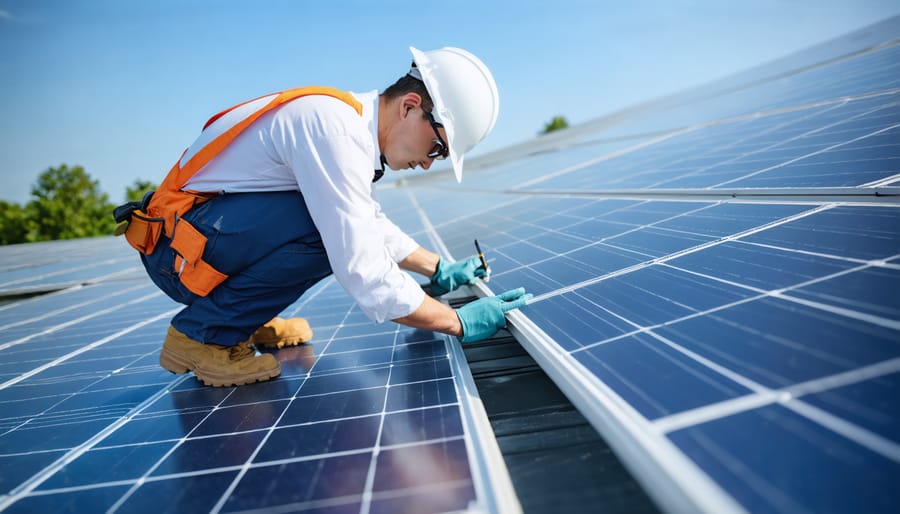
Making the Switch: Upgrade Considerations
Making the switch to a solar-ready main service panel is a significant but worthwhile investment in your home’s future. Start by having a licensed electrician assess your current electrical setup to determine if an upgrade is necessary. Most homes built before 2020 will likely need an upgrade to accommodate solar integration safely and efficiently.
When planning your upgrade, consider these key factors:
1. Your current and future power needs
2. Available space for the new panel
3. Local building codes and permit requirements
4. Budget for both equipment and installation
5. Timing of your solar installation plans
The ideal time to upgrade your panel is before installing solar panels, but it’s never too early to prepare. Many homeowners choose to upgrade during other home renovations or when replacing an aging electrical panel to minimize disruption and potentially save on installation costs.
Ask potential contractors these essential questions:
– Are they experienced with solar-ready installations?
– What warranty coverage is offered?
– How long will the installation take?
– Will they handle permit applications?
– What maintenance will be required?
Remember to obtain multiple quotes and check references before selecting a contractor. While the upfront cost might seem substantial, a solar-ready panel is an investment that increases your home’s value and provides the foundation for future energy independence.
Investing in a solar-ready main service panel is a smart step toward a more sustainable and energy-efficient home. By choosing this forward-thinking upgrade, you’re not only preparing your home for future solar installation but also potentially saving thousands in retrofit costs. Remember that a solar-ready panel offers enhanced safety features, simplified installation, and better energy management capabilities. Whether you’re planning to install solar panels immediately or in the future, making your electrical system solar-ready now is a practical decision that will pay dividends. Take the first step toward energy independence by consulting with a qualified electrician to assess your current panel and discuss upgrade options. Your future self – and the environment – will thank you for making this proactive choice.

